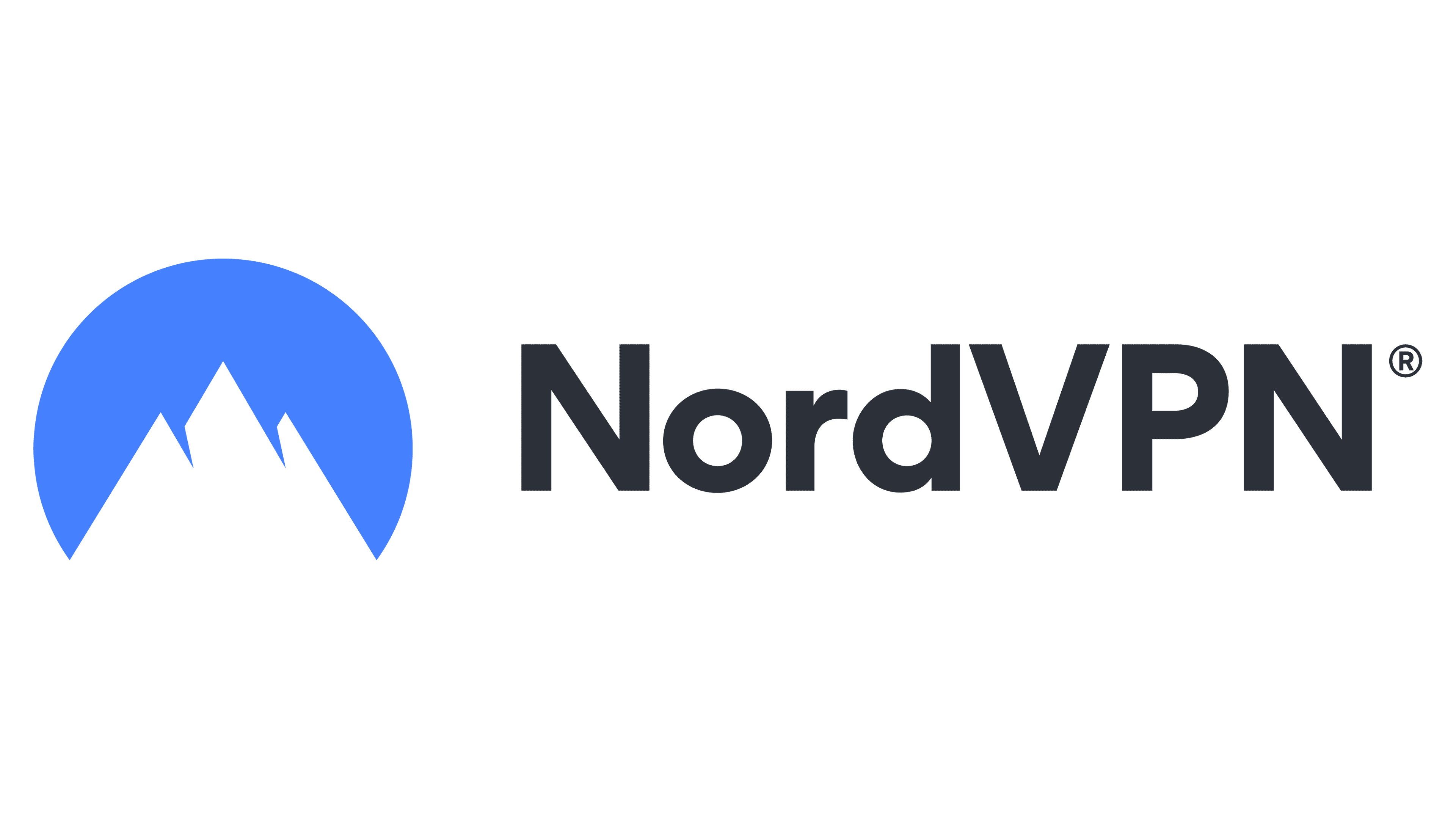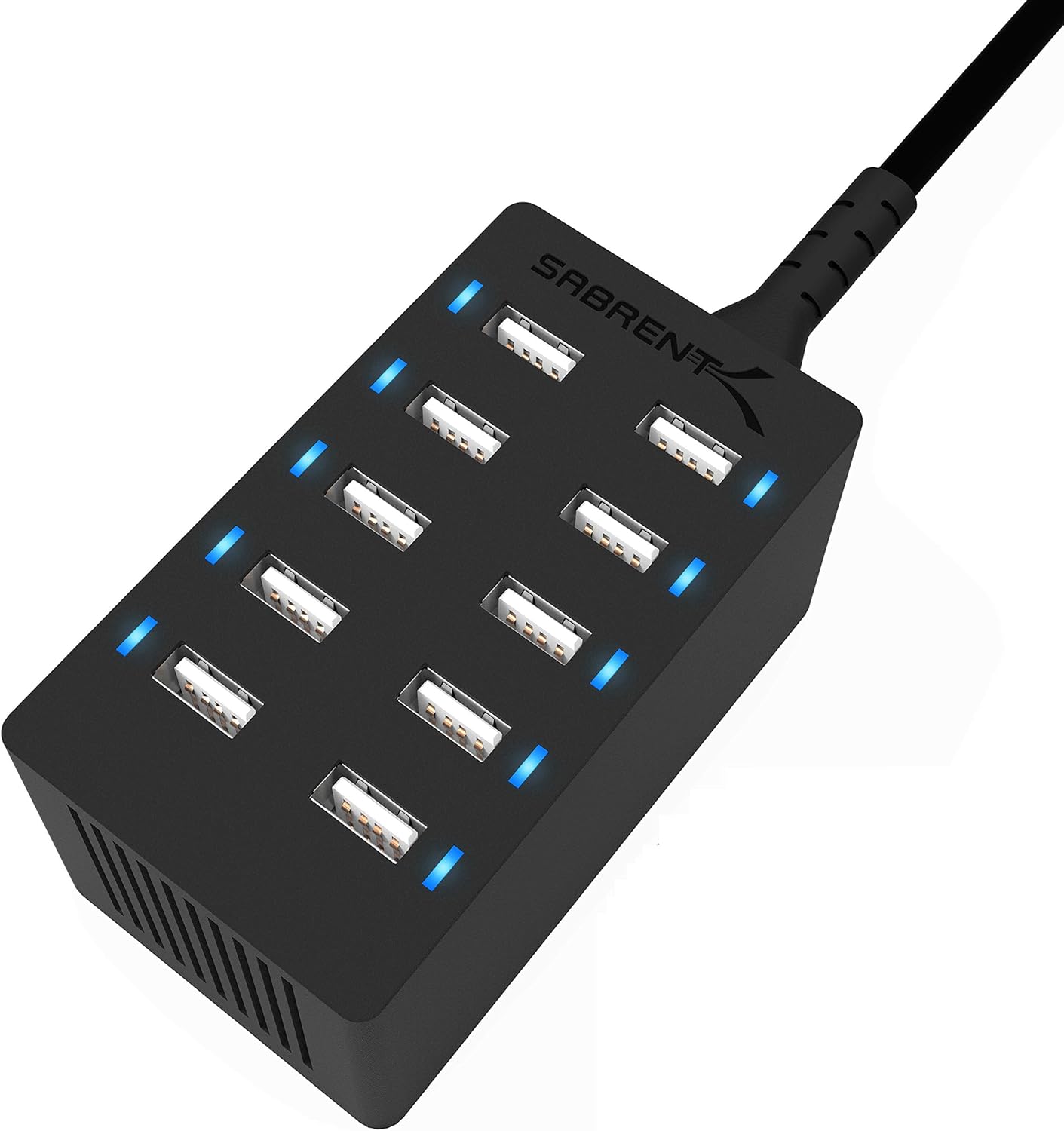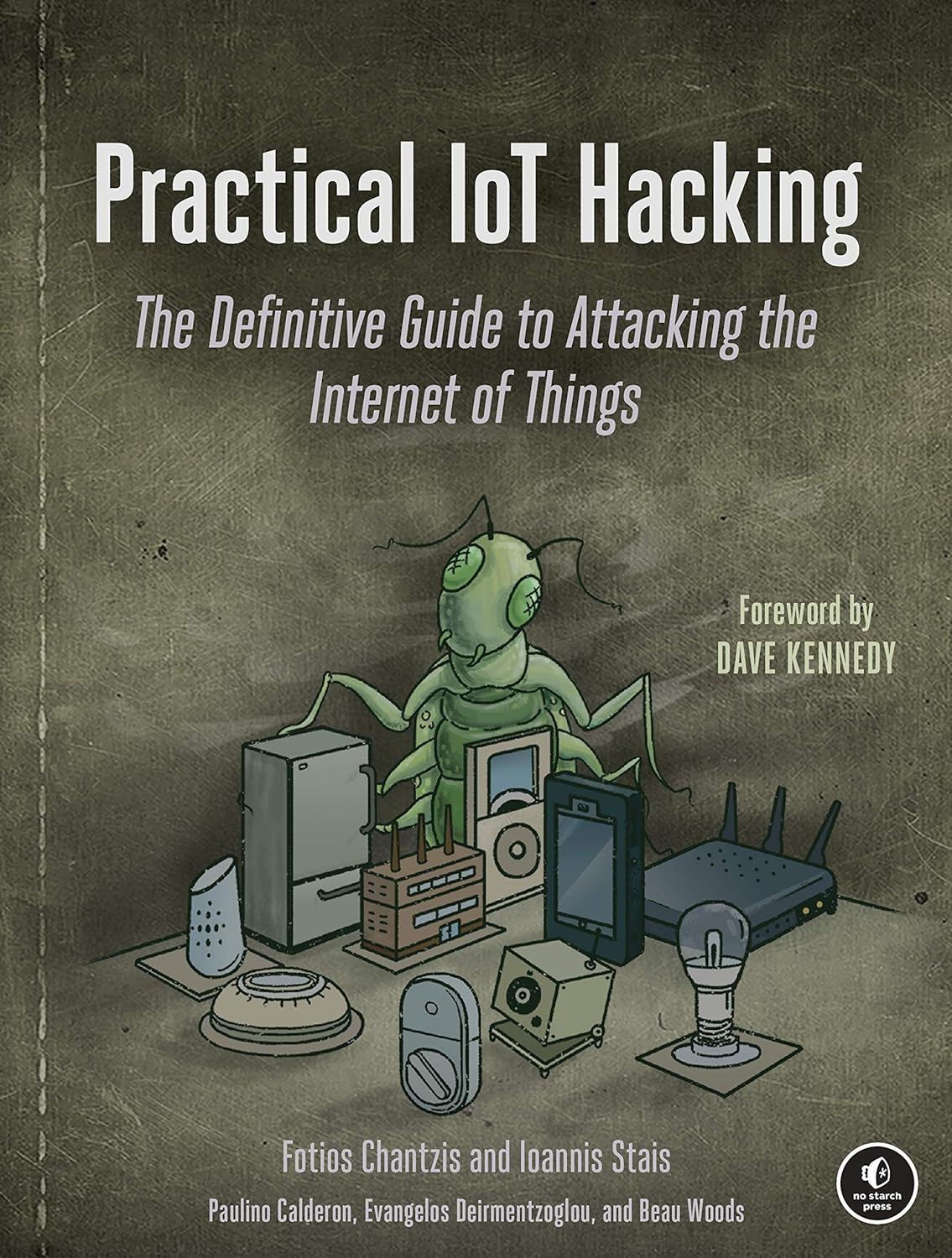Introduction to OnionScan: The Guardian of Onion Service Security
Exploring the Fundamentals of OnionScan and Its Role in Cybersecurity

The Shield of the Dark Web
In the shadowy realm of the dark web, where anonymity and security form the cornerstone of operations, robust tools to safeguard these principles become paramount. The dark web, a part of the internet hidden from conventional search engines and accessible only through specialized browsers like Tor, hosts a myriad of services known as onion services. While offering unparalleled privacy, these services are not immune to security vulnerabilities that can compromise their anonymity and the safety of their users.
Enter OnionScan, a beacon of hope for operators and enthusiasts of onion services. This powerful, open-source tool has emerged as an essential asset in the arsenal of those dedicated to the security of the dark web. By providing a means to comprehensively analyze Onion services for a wide array of security issues and potential information leaks, OnionScan plays a crucial role in fortifying the very anonymity that defines the dark web.
OnionScan operates on the premise that the strength of a chain is only as great as its weakest link. In the context of Onion services, even minor misconfigurations or overlooked vulnerabilities can lead to significant breaches, undermining the privacy and security that users rely on. Through detailed scanning and analysis, OnionScan helps identify these weaknesses, offering actionable insights to enhance the security posture of onion services.
As we delve deeper into OnionScan’s capabilities and applications in the subsequent sections, it becomes clear that this tool is not just about identifying vulnerabilities. It’s about empowering operators and the wider dark web community with the knowledge and means to proactively protect their digital realms. OnionScan stands as a guardian of the dark web, ensuring that the veil of anonymity remains intact and that the services operating within this hidden landscape do so with the highest standards of security.
This introduction to OnionScan sets the stage for a comprehensive exploration of its functionalities, applications, and pivotal role in cybersecurity. Whether you’re a seasoned dark web navigator or new to the intricacies of Onion services, the journey ahead promises to enhance your understanding and operational security in this unique corner of the internet.
OnionScan Explained: How It Works
OnionScan operates at the intersection of comprehensive scanning and meticulous analysis, aiming to shed light on the often-overlooked vulnerabilities of onion services. Its primary function is to perform deep dives into the services hidden within the dark web, systematically uncovering potential security and privacy issues that could jeopardize their operators’ and users’ anonymity and safety.
The Scanning Process
The core of OnionScan’s functionality begins with its scanning process. By targeting specific onion URLs, OnionScan initiates a series of automated tests designed to probe for common vulnerabilities and misconfigurations. This includes but is not limited to, checking for open directories, identifying software and version numbers, and searching for information leakage through web pages or metadata.
Data Collection Techniques
Data collection is a critical component of OnionScan’s operation. As it scans, the tool aggregates a wealth of information about the targeted onion service. This includes HTTP headers, SSL certificate details, server technologies, and any detectable custom or default configurations. OnionScan’s sophistication lies in its ability to collect this data without alerting the target or leaving significant digital footprints, preserving the anonymity it seeks to protect.
Vulnerability Identification Methods
Once data is collected, OnionScan employs various methods to identify vulnerabilities. It cross-references the gathered information against databases of known vulnerabilities and common configuration errors. Additionally, it analyzes the data for patterns or inconsistencies that may indicate a security risk, such as exposed server administrative interfaces or unsecured data transmission paths.
Beyond the Basics
OnionScan’s capabilities extend further through custom scripts and configurations that allow users to tailor the scanning process to their specific needs or concerns. This flexibility ensures that OnionScan can adapt to the evolving landscape of the dark web and the myriad ways in which Onion services can be compromised.
In essence, OnionScan embodies a holistic approach to dark web security. Combining automated scanning with detailed analysis and flexible user-defined parameters provides a powerful mechanism for identifying and addressing the vulnerabilities of Onion services. As we continue to explore OnionScan’s features and applications, it becomes clear that this tool is indispensable for anyone serious about maintaining the integrity and anonymity of their presence on the dark web.
Getting Started with OnionScan: Installation and Basic Usage
In the intricate world of dark web security, having the right tools and knowing how to wield them can make all the difference. This guide aims to demystify the initial steps of working with OnionScan, a cornerstone tool for anyone keen on bolstering the security of onion services. Whether you’re a cybersecurity professional, a privacy advocate, or simply curious about the operational security of the dark web, this section will walk you through the essentials of getting OnionScan up and running.
Installation
OnionScan is a command-line tool, and its installation is straightforward, catering to users across different operating systems. Here’s how you can get started:
- Prerequisites: Before installing OnionScan, ensure you have Go (Golang) installed on your system. OnionScan is built in Go, which makes it necessary to run the tool. You can download and install Go from the official website, following the instructions specific to your operating system.
- Downloading and Installing OnionScan:
- Open your terminal or command prompt.
- To get the latest version of OnionScan, run the following command: Arduino code
go get -u github.com/s-rah/onionscan - This command fetches the OnionScan package and installs it on your system, compiling it from source.
- Verifying the Installation:
- Once the installation process is complete, you can verify it by running Bash code
onionscan --help - This command should display a list of options and configurations available in OnionScan, indicating a successful installation.
- Once the installation process is complete, you can verify it by running Bash code
Basic Usage
Now that you have OnionScan installed, it’s time to dive into its basic usage. OnionScan operates via the command line, providing a flexible interface for scanning onion services. Here’s how to perform a simple scan:
- Conducting Your First Scan:
- To scan an onion service, use the following command structure: CSS code
onionscan [onion service URL] - Replace
[onion service URL]with the actual URL of the onion service you wish to analyze.
- To scan an onion service, use the following command structure: CSS code
- Understanding the Output:
- OnionScan provides detailed output, offering insights into various aspects of the Onion service, including potential vulnerabilities, misconfigurations, and operational security issues.
- As you become more familiar with OnionScan, you’ll learn to interpret this output, identifying areas for improvement and securing your onion services against potential threats.
This basic guide to installing and using OnionScan lays the foundation for deeper explorations of the tool’s advanced features and configurations. As you progress, you’ll discover its vast capabilities, making it an invaluable asset in your cybersecurity toolkit.
Advanced Techniques: Maximizing OnionScan’s Potential
As you become comfortable with OnionScan’s basics, delving into its advanced features can significantly enhance your ability to conduct thorough and insightful security assessments of onion services. This section explores the sophisticated scanning options OnionScan offers, guides you through interpreting its detailed output, and discusses how to integrate OnionScan findings with other tools in your cybersecurity arsenal.
Sophisticated Scanning Options
OnionScan’s power extends far beyond basic scans. It supports a range of advanced scanning options that allow for more targeted and comprehensive analyses:
- Selective Scanning: Focus your scanning efforts on specific aspects of a service, such as HTTP headers, SSL certificates, or SSH configurations. This targeted approach can help pinpoint vulnerabilities related to specific service features.
- Parallel Scanning: Enhance efficiency by running multiple scans simultaneously. OnionScan supports parallel scanning, enabling you to cover more ground in less time without compromising the depth of your analysis.
- Custom Headers and Proxies: You can customize scan requests with specific HTTP headers or route your scans through proxies to mimic different user environments or circumvent blocking mechanisms.
Interpreting Output
OnionScan’s output is rich with data, providing insights into various potential security issues. Here’s how to interpret some of the key components of the output:
- Open Directories: Listings of accessible directories that may unintentionally expose sensitive information. These require immediate attention to prevent unauthorized access.
- Fingerprintable Software: Identifies software and versions running on the server, which can be cross-referenced with known vulnerabilities for targeted remediation efforts.
- Cryptographic Issues: This section highlights weaknesses in cryptographic configurations, such as outdated SSL protocols, that adversaries could exploit.
Integration with Other Tools
OnionScan’s findings can be a launchpad for further investigation and remediation. Integrating these findings with other security assessment tools can offer a more rounded view of an Onion service’s security posture:
- Vulnerability Scanners: To detect known vulnerabilities, vulnerability scanners use identified software versions and configurations from OnionScan’s output as input.
- Network Mapping Tools: Combine OnionScan’s network-related findings with tools like Nmap to create detailed maps of network infrastructure and exposed services.
- Threat Intelligence Platforms: Cross-reference discovered information with threat intelligence databases to identify potential involvement in known security incidents or breaches.
By leveraging OnionScan’s advanced features and integrating its findings into a broader security assessment framework, you can uncover and address complex security issues within onion services. This approach not only strengthens the security of individual services but also contributes to the overall safety and integrity of the dark web ecosystem.
Case Studies: OnionScan in Action
OnionScan has proven invaluable in the cybersecurity toolkit, especially for those navigating the complexities of the dark web. Through real-world applications, its effectiveness in identifying and addressing security vulnerabilities within Onion services becomes evident. This section shares anonymized case studies that highlight OnionScan’s role in enhancing the security of the dark web.
Case Study 1: Exposed Administrative Interfaces
In one instance, a dark web marketplace was unknowingly exposing its administrative interface to the public due to a misconfigured web server. OnionScan identified the exposed interface during a routine scan, revealing the risk of unauthorized access. The marketplace operators quickly rectified the issue, securing the interface behind authentication mechanisms and reviewing their server configuration to prevent similar oversights.
Case Study 2: Unintended Information Leakage
Another case involved an onion service that provided anonymous reporting capabilities. OnionScan detected that the service was leaking metadata through its HTTP headers, which could potentially deanonymize users. The detailed report from OnionScan allowed the service operators to understand the source of the leakage and implement corrective measures, ensuring the anonymity of their users.
Case Study 3: Vulnerable Software Identification
A privacy-focused communication platform operating as an onion service was using outdated software with known vulnerabilities. Through its fingerprinting capabilities, OnionScan was able to identify the specific versions of the software in use. This information enabled the platform’s security team to prioritize updates and patch the vulnerabilities, significantly reducing the risk of exploitation.
These case studies underscore the practical benefits of incorporating OnionScan into the security assessment processes for onion services. By identifying exposed interfaces, unintended information leakages, and vulnerable software, OnionScan plays a crucial role in mitigating potential threats and breaches. Its ability to illuminate hidden vulnerabilities is not just about protecting individual services but about strengthening the security fabric of the entire dark web.
Best Practices for Dark Web Security
Navigating the dark web requires a vigilant approach to security and anonymity. While tools like OnionScan provide crucial insights into potential vulnerabilities, maintaining operational security and anonymity necessitates a broader strategy. This section outlines key practices for safeguarding services on the dark web, emphasizing measures that extend beyond OnionScan’s capabilities.
Secure Server Configuration
The foundation of dark web security lies in meticulous server configuration. Operators must ensure that servers are hardened against common attack vectors, with unnecessary services disabled and access controls rigorously applied. Encryption should be enforced for all data in transit and at rest, protecting information from interception and unauthorized access.
Regular Security Audits
The dynamic nature of cybersecurity threats demands continuous vigilance. Regular security audits allow for early detection of new vulnerabilities and misconfigurations. Audits should encompass automated tools like OnionScan and manual inspections by experienced security professionals. The findings from these audits must be promptly addressed to mitigate potential risks.
Community Collaboration
The collective knowledge and experience of the cybersecurity community are invaluable assets in combating threats on the dark web. Engaging in forums and collaborative platforms enables sharing insights, strategies, and alerts on emerging vulnerabilities. By fostering a culture of openness and cooperation, dark web operators can stay ahead of attackers and contribute to the overall resilience of the ecosystem.
Continuous Education and Awareness
Anyone operating on the dark web must stay informed about the latest security trends, tools, and techniques. Continuous education through workshops, courses, and research helps one adapt to the evolving threat landscape. Awareness of common attack methodologies and potential indicators of compromise empowers operators to secure their services proactively.
Implementing Incident Response Plans
Despite the best preventive measures, incidents can occur. Having a well-defined incident response plan enables swift action to contain breaches, assess the damage, and restore services. Regularly testing and updating these plans ensures they remain effective in the face of new challenges.
By adhering to these best practices, dark web operators can significantly enhance the security and anonymity of their services. Operational security on the dark web is not solely about deploying the right tools but about adopting a holistic approach encompassing technical measures, community engagement, and a commitment to continuous improvement.
Strengthening the Shadows with OnionScan
In the intricate and often obscured landscape of the dark web, securing onion services against threats requires both sophisticated tools and a proactive approach to security. OnionScan emerges as a beacon of clarity in this realm, providing operators with the insights needed to fortify their digital fortresses. This guide has traversed the operational mechanics of OnionScan, illustrating its critical role in unveiling vulnerabilities that could compromise the anonymity and integrity of onion services.
OnionScan’s contribution to enhancing dark web security is undeniable. Enabling a detailed analysis of Onion services assists operators in identifying and addressing potential security vulnerabilities and privacy leaks. However, the journey to securing the dark web does not end with deploying OnionScan. It extends into the realm of continuous vigilance, where operators must remain alert to evolving threats and adapt their security measures accordingly.
For all its notoriety, the dark web is a bastion for privacy and free expression. Tools like OnionScan are not merely technical solutions but guardians of the principles the dark web stands for. By integrating OnionScan into your security practices, you take a significant step towards safeguarding these values against the relentless tide of cyber threats.
As we conclude this exploration of OnionScan’s role in cybersecurity, let us reaffirm our commitment to strengthening the shadows. The dark web’s security landscape is perpetually shifting, and we hope to stay one step ahead only through continuous learning, vigilance, and collaboration. Let OnionScan be your ally in this ongoing battle, illuminating the path to a more secure and anonymous online existence.
We encourage all operators and enthusiasts to share their experiences with OnionScan on platforms like BugBustersUnited. By exchanging knowledge and strategies, we can collectively enhance our understanding and application of this powerful tool, fortifying the dark web against those who seek to undermine its security and anonymity. Together, let’s harness the potential of OnionScan to navigate the complexities of dark web security with confidence and precision.









